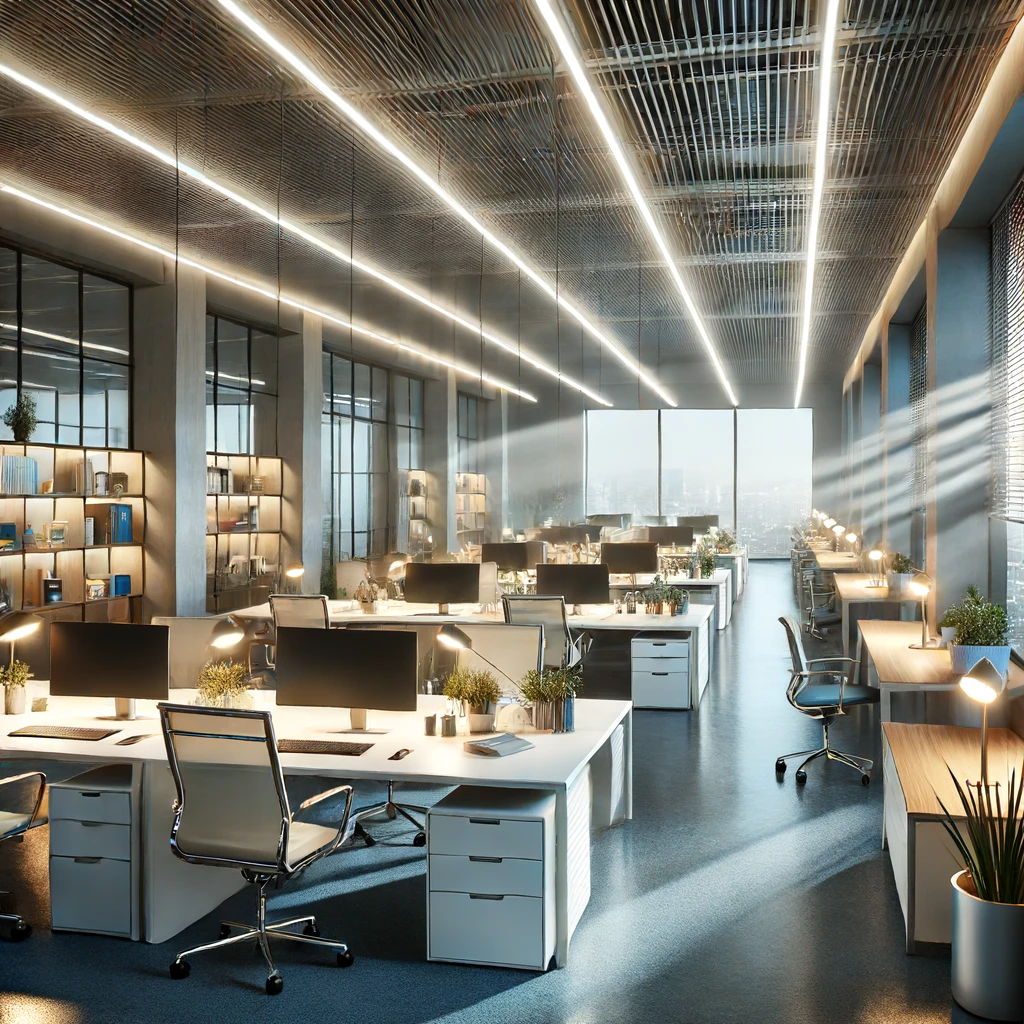Recent Posts
-
Installing Spotlights in Ceiling | Obals Expert Guide
Learn the expert steps and best practices for installing spotlights in your ceiling. Discover the benefits, tools needed, and tips for achieving a professional look.
06/21/2024
-
Warm White Versus Cool White | Expert Lighting Guide
Discover the differences between warm white and cool white lighting. Learn from industry experts about their applications, benefits, and how to choose the right color temperature for your space.
06/21/2024
-
Under Cabinet Lighting Kitchen | Expert Guide
Explore the benefits and best practices for installing under cabinet lighting in your kitchen. Learn from industry experts about types, installation tips, and design ideas to optimize your kitchen lighting.
06/20/2024
-
Screwfix LED Downlights | Expert Lighting Guide
Discover the advantages and best practices for installing Screwfix LED downlights. Learn from industry experts about their features, benefits, and tips for optimizing your lighting setup.
06/20/2024
-
Modern Lighting Factory | Expert Insights
Explore the advancements and benefits of modern lighting factories. Learn from industry experts about the latest technologies, manufacturing processes, and design trends in the lighting industry.
06/19/2024
-
Ceiling Spotlights LED | Expert Lighting Guide
Discover the benefits and best practices for installing LED ceiling spotlights. Learn from industry experts about the types, advantages, and design tips for optimizing your LED spotlight setup.
06/18/2024
Best Office Lighting | Expert Guide
The Best Office Lighting: An Expert Guide
Effective office lighting is crucial for creating a productive and comfortable work environment. This expert guide explores the best office lighting solutions, highlighting different types, benefits, and design tips to help you achieve optimal lighting in your workspace.
Importance of Proper Office Lighting
Proper lighting in an office setting is essential for several reasons:
Enhanced Productivity: Adequate lighting reduces eye strain and fatigue, helping employees stay focused and productive.
Improved Mood: Good lighting can positively impact mood and reduce stress, creating a more pleasant work environment.
Increased Safety: Proper illumination reduces the risk of accidents and injuries by ensuring clear visibility.
Energy Efficiency: Modern lighting solutions are energy-efficient, reducing operational costs and environmental impact.
Types of Office Lighting
There are several types of lighting that can be used in office environments to achieve the best results:
Ambient Lighting: Provides overall illumination for the entire office space. Common sources include overhead fixtures like recessed lights, troffers, and pendant lights.
Task Lighting: Focuses on specific areas where detailed work is performed, such as desks and workstations. Desk lamps and under-cabinet lights are typical examples.
Accent Lighting: Highlights architectural features or decor elements, adding depth and visual interest to the space. Spotlights and wall-mounted fixtures are often used for this purpose.
Natural Lighting: Utilizing daylight through windows and skylights can improve mood and reduce reliance on artificial lighting.
Benefits of LED Lighting in Offices
LED lighting is a popular choice for modern office environments due to its numerous benefits:
Energy Efficiency: LEDs use significantly less energy than traditional incandescent or fluorescent bulbs, reducing electricity bills.
Long Lifespan: LED bulbs have a much longer lifespan, decreasing the frequency and cost of replacements.
High-Quality Light: LEDs provide bright, consistent light with high color rendering index (CRI), ensuring accurate color perception and reduced eye strain.
Flexibility: Available in various color temperatures and designs, LEDs can be tailored to meet specific lighting needs and preferences.
Eco-Friendly: LEDs are free of hazardous materials like mercury and are fully recyclable, making them an environmentally friendly option.
Design Tips for Optimal Office Lighting
To create the best lighting environment in your office, consider these design tips:
Layer Your Lighting: Combine ambient, task, and accent lighting to create a balanced and versatile lighting scheme.
Use Adjustable Fixtures: Incorporate adjustable lighting fixtures to allow for flexibility in light direction and intensity, catering to various tasks and preferences.
Maximize Natural Light: Arrange workstations to take advantage of natural light from windows, and use light-filtering blinds to control glare.
Choose the Right Color Temperature: Select LED lights with a color temperature of 3500K to 5000K for a bright, neutral white light that enhances alertness and productivity.
Implement Smart Lighting Controls: Utilize smart lighting systems with sensors and timers to optimize energy use and adjust lighting based on occupancy and time of day.
Examples of Effective Office Lighting Solutions
Here are some practical examples of effective office lighting solutions:
Open Plan Offices
Combine recessed ceiling lights for ambient lighting with desk lamps for individual task lighting. Use accent lighting to highlight key areas and add visual interest.
Private Offices
Incorporate a mix of overhead lighting and adjustable desk lamps. Consider wall-mounted fixtures for additional task lighting and decorative purposes.
Conference Rooms
Use dimmable overhead lights to control the lighting level based on the activity. Add accent lighting to highlight presentation areas and create a professional atmosphere.
Conclusion: Achieving the Best Office Lighting
Creating the best office lighting environment involves careful consideration of different lighting types, their benefits, and effective design strategies. By combining various lighting solutions and following expert tips, you can enhance productivity, comfort, and aesthetics in your office space. Stay informed about the latest advancements in lighting technology to continue optimizing your workplace lighting.

